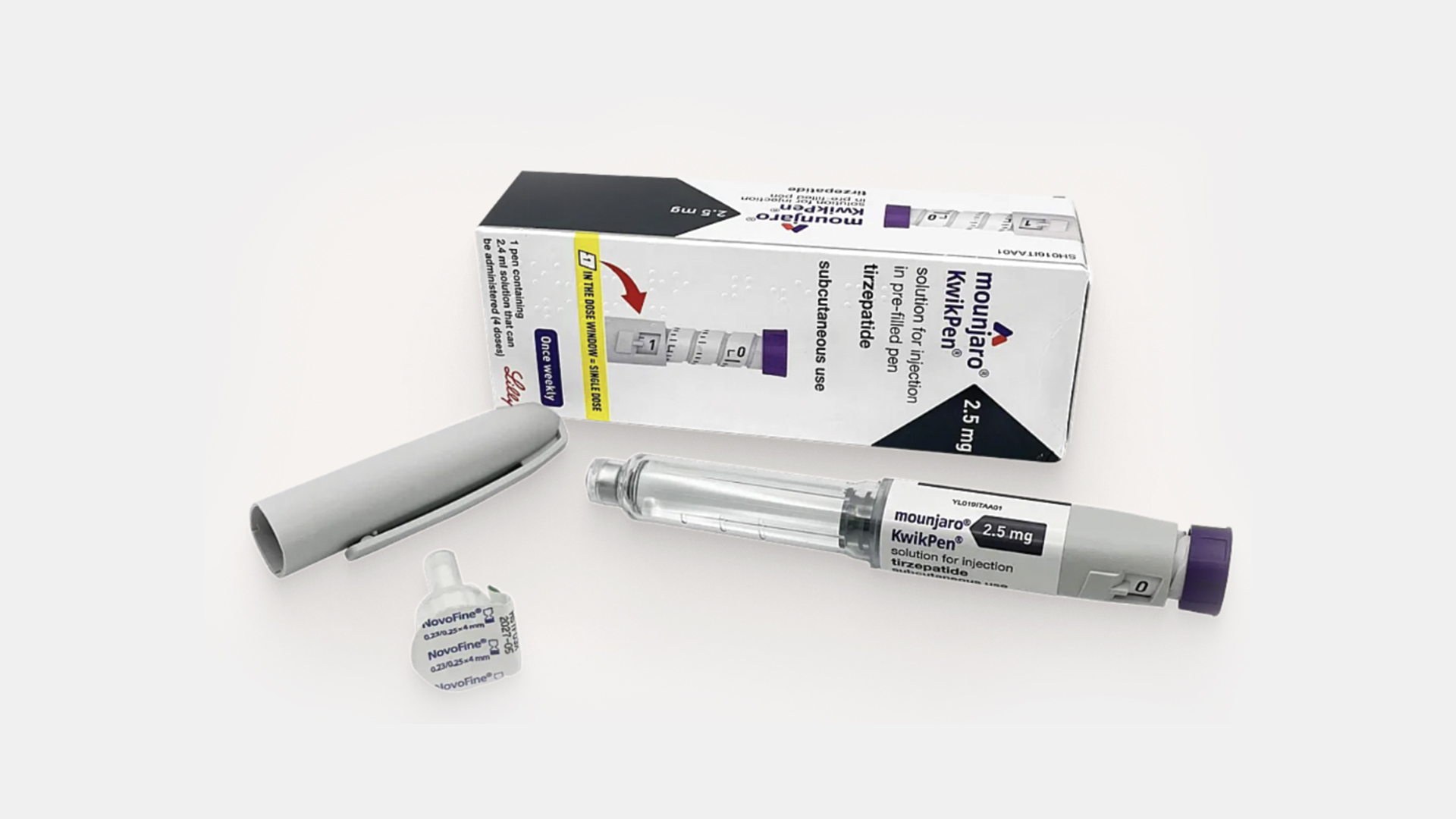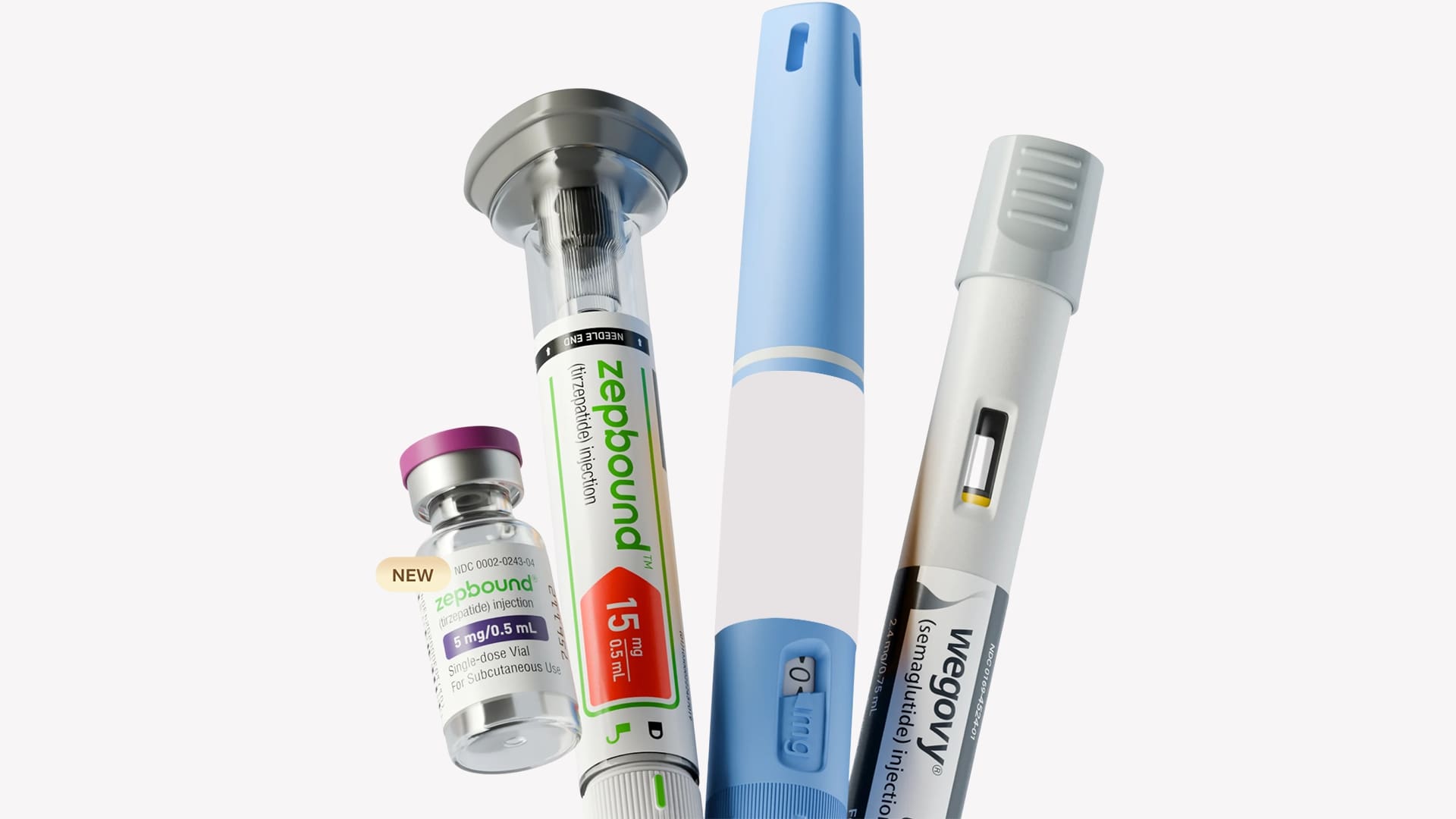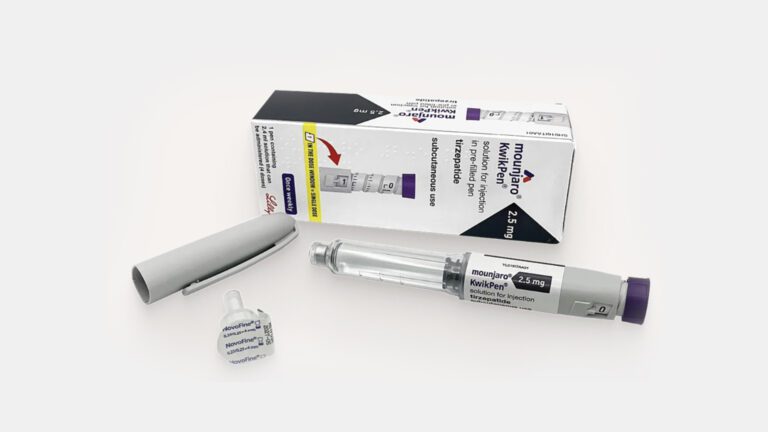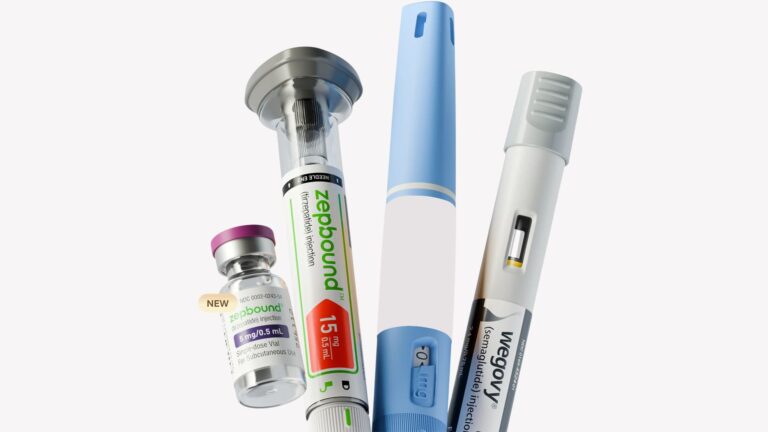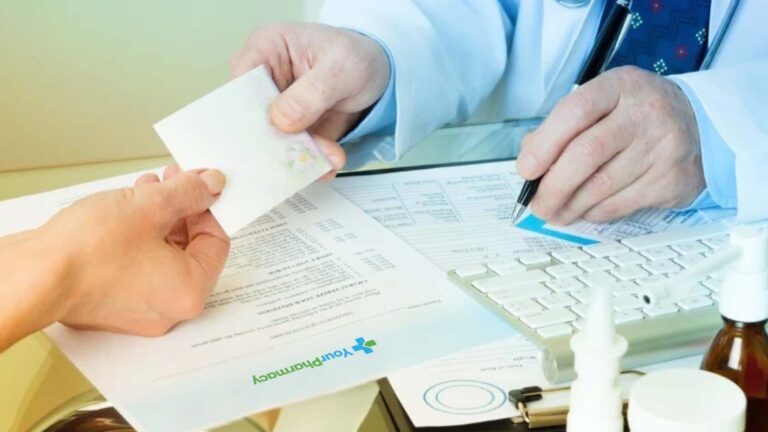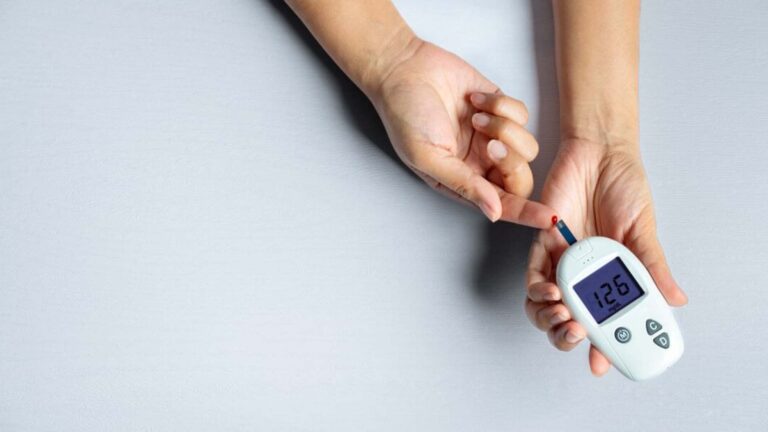Embarking on a weight loss program is a big step, and for some, prescription weight loss medication is a tremendous source of support. These medications function in different ways – suppressing hunger, enhancing feelings of satiety, or influencing fat absorption. The big and popular question is: “How long until I notice results?”.
The timeline for seeing results isn’t uniform. Several factors influence how quickly and effectively weight loss medicine works, making realistic expectations essential for sustained motivation.

Factors Influencing Weight Loss Results
Before discussing timelines, it’s vital to understand the variables impacting your progress.
Individual Physiology: Each person’s body responds uniquely. Genetics, existing health conditions, and individual metabolic rates play significant roles.
Treatment Adherence: Proper and regular use of medication as advised by your physician is essential. Skipping doses or failing to follow the titration schedule will slow response.
Dietary Changes and Physical Exercise: Weight loss medicine works best in conjunction with changes in diet and a higher level of physical activity. These drugs are aids to aid your efforts, not substitutes for basic healthy living.
Initial Weight: Those with an elevated initial Body Mass Index (BMI) may have greater numerical declines in weight, although percentage decrease in body weight can remain the same at varied starting points.
Type of Medication and Dose: Various drugs have different mechanisms and strengths. The majority of prescription weight loss medication involves titration over several weeks or months to reduce side effects, so full effects are not instantaneous.
General Timeline for Prescription Weight Loss Medicine
Although details differ for each medication, following is a general series of effects you may see:
Weeks 1-4: Early Adjustment & Gradual Changes
In the first month, you will generally begin on a reduced introductory dose. The body gets used to the drug, and side effects are controlled. You may experience early indicators such as decreased appetite, being satisfied faster, or decreased craving. Weight loss may be minimal at 1-2% of your original body weight, but these are critical early signs that the drug is impacting hunger signals.
Weeks 5-12: Early Progress & Enhanced Efficacy
As your dose increases progressively, the drug effect on appetite reduction and feeling of satiety is more significant. This is where steady, quantifiable weight loss usually sets in. It is simpler to manage portion sizes and stick to an eating plan of low calories. Around the 12-week (3-month) point, 5% or greater of initial body weight loss is achievable, particularly when combined with diet and exercise. For most drugs, this 12-week mark on a therapeutic dose is an important effectiveness evaluation milestone.
Months 3-6: Visible Results & Gradual Progress
As continued usage and your body continues to adapt, the visible effects become more pronounced. Clothes can fit loosely, and weight loss progress on the scale becomes more noticeable. Around six months, it is not unusual for people to have lost 10-15% of body weight at the beginning. This stage usually increases motivation because the physical changes are evident.
More Than 6 Months: Long-Term Loss & Maintenance
If the drug is effective and well tolerated, treatment usually continues long-term. Clinical trials for newer weight-loss medicine, especially fat loss injections, indicate the most dramatic weight loss usually happens during the first 6-12 months. After that, the level of weight loss can slow or level off, and attention turns to sustaining the lost weight. Long-term administration with ongoing healthy lifestyles can sustain 10-15% (or more) mean weight loss during a year or longer.
Details for Fat Loss Injectables
Fat loss injectables such as semaglutide (Wegovy, Ozempic) and tirzepatide (Zepbound, Mounjaro) are a class of weight loss medicine referred to as GLP-1 receptor agonists (or dual GLP-1/GIP agonists for tirzepatide). They work very effectively in controlling hunger.
First Weeks: Numerous users experience decreased “food noise” and desire in 1-2 weeks.
Early Weight Loss: Small loss (2-4% of body weight) in the initial 4-8 weeks when appetite control becomes effective.
Weight Loss with Significant Results: Greater weight loss (e.g., 5-10% of body weight) usually by 3-6 months.
Peak Weight Loss: Maximum average weight loss (e.g., 15-20%+ of body weight) usually over 12-18 months of continued treatment. The slow dose ramp for these fat loss injections implies that maximum therapeutic effect may not be realized until you are on higher doses, something which takes a few months.
When to Talk to Your Doctor?
While patience is important, call your doctor if:
Lack of Progress: You have not experienced notable improvements (e.g., less than 5% weight loss) after 12 weeks at full therapeutic dose of your weight loss drug. Your physician might entertain dose adjustment, changing drugs, or investigating other factors.
Unmanageable Side Effects: If you are experiencing intolerable or persistent side effects that substantially reduce the quality of your life.
New or Worsening Health Conditions: Always notify your physician of any new health issues or changes while taking medication.
Conclusion
Taking weight loss medicine is a process that needs patience and stability. While some adjustments can be seen rapidly, substantial and long-lasting results normally develop over the course of a number of months. This constant process lets your body make changes and assists in establishing improved habits for long-term success. These drugs are strong medicine, but they work best when paired with sustained lifestyle adjustments, such as a healthy diet and regular exercise. Open dialogue with your doctor along the way is key to the safest and most effective journey to reaching your weight loss objective.






